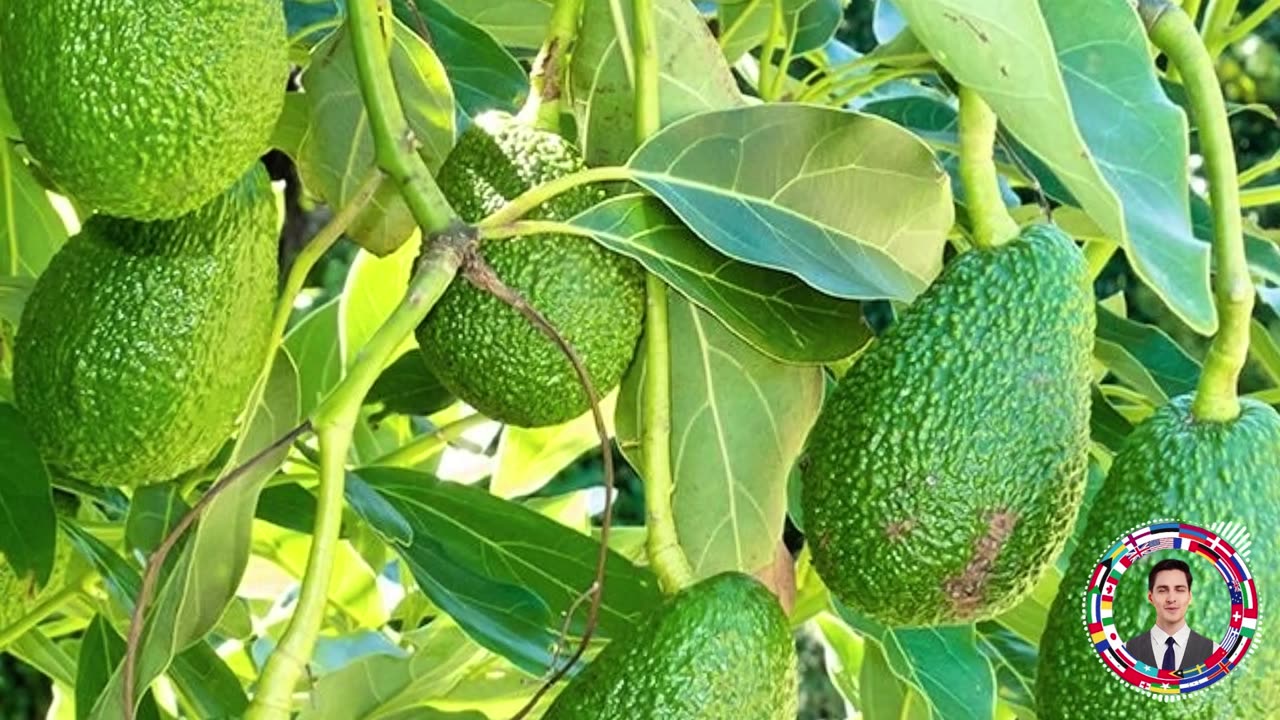Premium Only Content

Avocado: What Happens If You Eat Avocado Every Day for a Month?
Subscribe so you don't lose this video! Have you ever wondered what happens to your body if you eat avocado every day for a month? This video explores the surprising effects of consuming one avocado daily for 30 days. From improved heart health to glowing skin, discover the potential benefits and risks of incorporating avocado into your daily diet. Join us as we delve into the science behind this popular superfood and its impact on your overall well-being.
Don't miss out on learning how avocado consumption can affect your health and lifestyle. Watch now to uncover the secrets behind this nutritious fruit!
Origin: Avocado, scientifically known as Persea americana, originated in South Central Mexico over 10,000 years ago.
Fruit or Berry?: Despite being commonly referred to as a vegetable, avocado is technically a fruit and specifically a large berry.
Nutrient Powerhouse: Avocado is packed with nutrients, including vitamins K, C, E, B-6, and folate, as well as potassium and healthy fats.
Heart-Healthy Fats: Avocado is one of the few fruits that contain monounsaturated fats, which are beneficial for heart health and may help lower bad cholesterol levels.
Creamy Texture: The creamy texture of avocado comes from its high fat content, making it a popular substitute for butter or mayo in recipes.
Ripening Process: Avocados ripen best off the tree and are often picked unripe, gradually ripening over several days to a week at room temperature.
Variety: There are hundreds of avocado varieties, but the Hass avocado is the most popular and accounts for about 80% of avocados consumed worldwide.
Quick Browning: Avocado flesh quickly turns brown when exposed to air due to oxidation, but adding lemon or lime juice can help slow down the process.
Versatile Uses: Besides guacamole, avocados can be used in smoothies, salads, sandwiches, dressings, and even desserts like avocado chocolate mousse.
Pollination: Avocado trees rely on bees for pollination, and they produce two types of flowers: "A" flowers in the morning, which are female, and "B" flowers in the afternoon, which are male, to increase the chances of successful pollination.
-
 9:25
9:25
MattMorseTV
14 hours ago $20.82 earnedTrump’s GAMBLE just PAID OFF… BIG TIME.
14.7K70 -
 18:03
18:03
Nikko Ortiz
19 hours agoNikko Ortiz Night Routine...
91.6K15 -
 LIVE
LIVE
FyrBorne
9 hours ago🔴Battlefield REDSEC Live M&K Gameplay: Pyro+ Games
206 watching -
 LIVE
LIVE
Lofi Girl
3 years agolofi hip hop radio 📚 - beats to relax/study to
359 watching -
 LIVE
LIVE
BBQPenguin_
1 hour agoEscape From Tarkov 1.0 Wipe! New Story & Full Release!
68 watching -
 24:21
24:21
a12cat34dog
1 day agoGUITAR HERO AT DREAMHACK | HALLOWEEN 2025
12.7K8 -
 LIVE
LIVE
B2ZGaming
7 hours agoB2Z.... Assemble! | B2Z Gaming
128 watching -
 LIVE
LIVE
Joe Donuts Live
26 minutes agoWill Ferrell Movie Rankings + The Impossible Quiz Challenge
31 watching -

GritsGG
12 hours ago#1 Most Warzone Wins 4000+!
54.1K -
 21:37
21:37
Forrest Galante
1 day ago6 Deadly Sea Monsters That Actually Exist
154K10